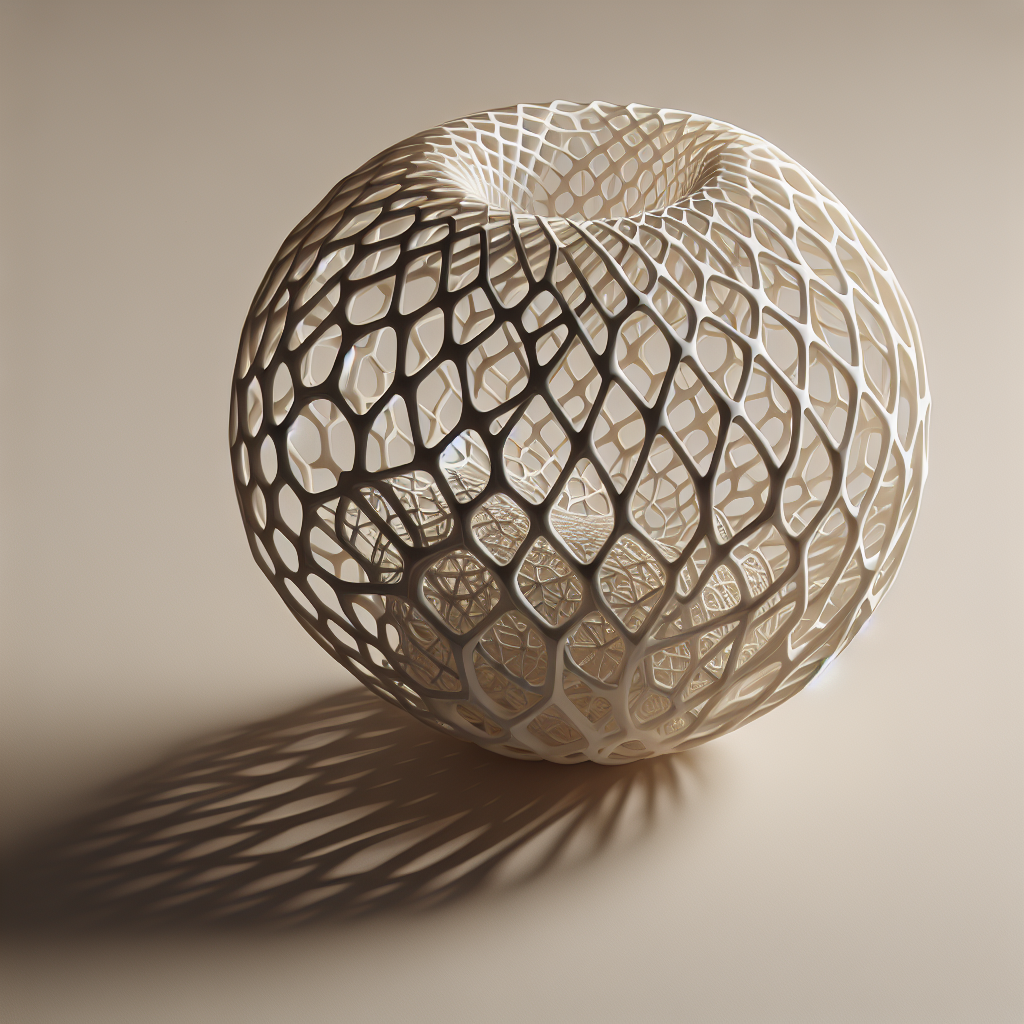The Most Impressive 3D Printed Artworks and Sculptures
3D printing has rapidly evolved from a niche manufacturing technology to an essential tool for artists and sculptors worldwide. With the ability to realize complex geometries, intricate details, and entirely new forms, 3D printing has opened up new frontiers in artistic expression. In this article, I’ll draw from my own extensive experience in 3D printing to showcase some of the most impressive 3D printed artworks and sculptures that have redefined creativity and craftsmanship.
Embracing Complexity: The Rise of Parametric Sculpture
One of the standout features of 3D printing is its ability to materialize designs that would be impossible to handcraft. Artists like Janne Kyttanen have pioneered parametric and generative art—sculptures defined by intricate, mathematically generated patterns. The “Sofa So Good” collection by Kyttanen, for instance, features elaborate, lattice-like forms that are both functional and visually arresting. These works exemplify how 3D printing enables artists to work beyond the constraints of traditional materials and techniques.
Large-Scale Installations: Pushing the Boundaries
3D printing is no longer confined to desktop-sized creations. Artists and architects are collaborating to produce massive, awe-inspiring installations. A prime example is the “Vulcan Pavilion” by digital artist Michael Hansmeyer. This structure, composed of thousands of unique 3D printed panels, stands over three meters tall and envelops visitors in a maze of complex geometries. The pavilion demonstrates not just technical prowess but also the ability of 3D printing to transform public spaces and architectural design.
Biomorphic Beauty: Capturing the Essence of Nature
Many artists draw inspiration from biological forms, and 3D printing has become the perfect medium to replicate organic complexities. Neri Oxman, a renowned architect and designer, is celebrated for merging nature and technology. Her “Wanderers: An Astrobiological Exploration” features wearable sculptures that mimic natural growth patterns, crafted using multi-material 3D printing. These pieces blur the lines between art, design, and science, showcasing the versatility of additive manufacturing in emulating the intricacies of life itself.
Fine Art Reinvented: The Digital Renaissance
Traditional sculptors such as Joshua Harker have embraced 3D printing to push their art to new extremes. Harker’s “Crania Anatomica Filigre” is a landmark 3D printed sculpture, featuring a filigree skull with a level of detail unachievable by hand. The piece became one of the most funded art projects on Kickstarter and is often cited as a turning point for digital art. Harker’s work exemplifies how 3D printing is not just a tool, but a medium that can redefine the very nature of fine art.
Interactive and Kinetic Art: Motion Meets Innovation
The precision and repeatability of 3D printing have also inspired kinetic artworks that incorporate movement. The Strandbeest, designed by Theo Jansen and later brought to life in miniature through 3D printing, is a kinetic sculpture that walks when pushed by wind or human interaction. Artists have used 3D printing to create intricate gears, linkages, and moving parts that would be incredibly difficult to fabricate with traditional methods, opening the door to new forms of interactive art.
The Future of 3D Printed Art
From the smallest, most delicate jewelry pieces to massive public installations, 3D printing continues to revolutionize the world of art and sculpture. As the technology evolves—introducing new materials, greater resolution, and larger build volumes—the possibilities for creative expression expand exponentially. For artists willing to embrace digital tools and computational design, 3D printing offers a path to transform imagination into tangible, breathtaking reality.
In summary, these impressive 3D printed artworks and sculptures highlight the synergy between technology and artistry. As someone deeply involved in 3D printing, I am constantly amazed at how artists leverage this technology to redefine what is possible in the world of art.

Leave a Reply